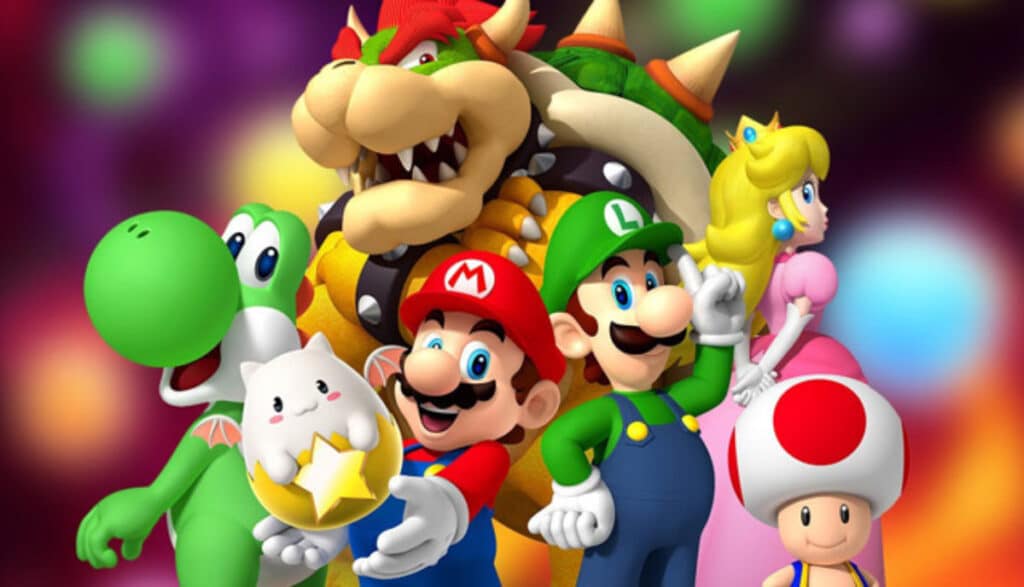Super Mario is one of the most iconic and beloved video game franchises in the world. Since the release of the original Super Mario Bros. game in 1985, the franchise has sold over 600 million copies, making it the best-selling video game franchise of all time. So what made Super Mario such a successful game? In this article, we will delve into the key factors that contributed to the success of Super Mario.
1. The First of Many Side-Scrolling Titles

When Super Mario Bros. was released in 1985, side-scrolling gameplay was a relatively new concept in video games. The game featured a scrolling screen, with the player controlling Mario as he ran from left to right, jumping over obstacles and enemies along the way. This style of gameplay was a significant departure from the static screens of earlier video games, and it immediately captured the attention of gamers.
2. Engaging Storyline Packed With Powerups!

Another factor that contributed to the success of Super Mario was its simple yet engaging storyline. The game tells the story of Mario, a plumber who must rescue Princess Toadstool from the evil Bowser. While the storyline was straightforward, it provided enough motivation for players to continue playing and advancing through the game. Super Mario Bros. was also one of the first video games to introduce power-ups, which allowed players to enhance their abilities and progress through the game more easily.
The game featured power-ups such as the Super Mushroom, which made Mario grow in size and gain an extra hit point, and the Fire Flower, which allowed Mario to shoot fireballs at enemies. These power-ups added a new level of strategy to the game, as players had to decide when to use them to their advantage.
3. Heroes, Villians & The Rest
The characters and enemies in Super Mario Bros. were also a significant factor in its success. The game introduced several memorable characters, including Mario, Luigi, Princess Toadstool, and Bowser, who became icons in the gaming world.
The game also featured a variety of enemies, such as Goombas, Koopa Troopas, and Bullet Bills, each with their own unique characteristics and behaviors. These characters and enemies added personality and depth to the game world, making it more immersive and engaging for players.

Perhaps one of the most critical factors that contributed to the success of Super Mario was its level design. The game featured 32 levels, each with its own unique challenges, obstacles, and secrets. The levels were designed in such a way that players had to use their skills and knowledge to progress through them. This created a sense of accomplishment and satisfaction for players, as they were able to overcome difficult challenges and reach new areas of the game world.
Finally, the music and sound effects in Super Mario were also instrumental in its success. The game featured memorable tunes, such as the iconic Super Mario Bros. theme, which became instantly recognizable to gamers around the world. The sound effects, such as the “ding” of collecting coins or the “pow” of defeating enemies, added to the overall gameplay experience, making it more immersive and enjoyable for players.
The Takeaway

In conclusion, Super Mario Bros. was a groundbreaking game that revolutionized the video game industry. Its innovative side-scrolling gameplay, simple yet engaging storyline, the introduction of power-ups, memorable characters and enemies, level design, and music and sound effects all contributed to its massive success.
Over the years, the Super Mario franchise has continued to evolve and innovate, but its core elements have remained consistent, ensuring that it remains one of the most beloved and successful video game franchises of all time.










